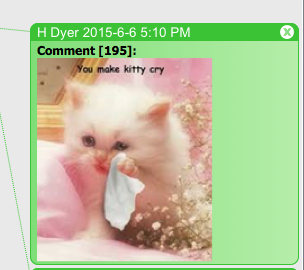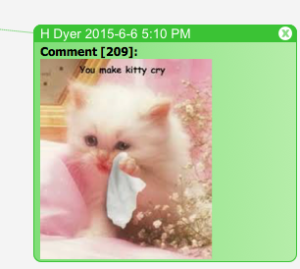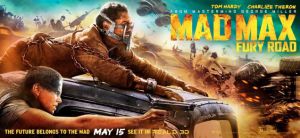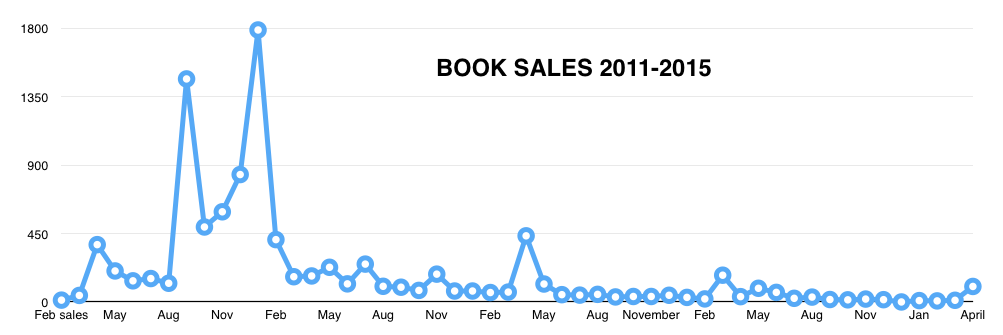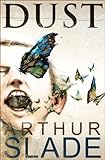I'm just testing out polldaddy [polldaddy poll=8968484]
My Editor Says These Two Words I Use Make Kitties Cry
Share on Facebook*Share on Twitter*Share on Google+*Share on LinkedIn* Send Email to a Pal
The 1st Page Critique Offer
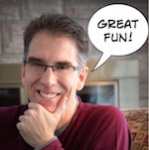 Let me read your writing!
The first page of your writing project is the most important. It's where you hook the readers. This is the same truth whether it's a short story, novel, or non-fiction piece. So I'm offering to do a critique of the first page of your piece of writing for anyone who's a subscriber to my newsletter. The actual offer will be in my next newsletter (to come out on June 16th) and will be available until June 30th, 2015.
Let me read your writing!
The first page of your writing project is the most important. It's where you hook the readers. This is the same truth whether it's a short story, novel, or non-fiction piece. So I'm offering to do a critique of the first page of your piece of writing for anyone who's a subscriber to my newsletter. The actual offer will be in my next newsletter (to come out on June 16th) and will be available until June 30th, 2015.
Hmmm. The word critique bothers me. It implies criticism. Instead I should call it here-are-my-humble-suggestions-take-them-or-leave them. I've been doing this sort of work for over twenty years. In fact I just finished spending nine months as a writer in residence. The most important part of my job was to go over the writing of other writers, mark the work up line by line, then have a one on one discussion (we talked out heads off). I read everything from memoirs, to poetry, to fantastical fiction. Oh, and one engineering paper.
So this is my way of offering a similar virtual experience to you. You can even submit the 1st page on behalf of someone else (a student, your offspring, an elf...even literary pets). Just sign up by visiting the link here: My Newsletter Signup Page
The newsletter itself is monthly-ish and has lots of goodies for fans, readers, teachers and other humans. And there's often a prize and competitions. I have so much fun putting the newsletters together--it's the perfect way to procrastinate.
So, please hop on board. And if there's anyone else you think might enjoy this offer (and the newsletter) just click and share on the links below.
Keep on rocking!
Art
Share on Facebook Share on Twitter Share on Google+ Share on LinkedIn Send Email
Mad Max: Fury Road ... an understated movie teaches a writing lesson...
Mad Max: Fury Road is an understated movie. Oh, I know, I know it's perhaps the greatest action/car chase/things-blow-up movie in existence. But it's also very understated and that serves to make it more powerful.
One of the things I think about when writing is the relationship with the reader. Am I telling the reader too much (IE the ol' show don't tell rule). Am I trusting the reader to put two and two together (and make four, of course) or am I not trusting them and telling them too much backstory (again!)? Readers become more engaged if they are allowed to participate in the story. To not have every scene and emotion handed to them. As writers we must give them space and just enough information to figure out for themselves what the character is feeling. We must keep the story tantalizing.
That's one of the brilliant aspects of Mad Max: Fury Road. Charlize Theoron's character, Imperator Furiosa (love that name), has a disability. She is missing an arm. But the director doesn't give us a long shot of her missing arm and dwell on it. In fact we see her several times before we get a hint that she is using a prosthetic. And even once it is clear that she is missing an arm no one makes a note of it. In fact it's a non-issue (and makes her cooler because of her metal arm). No boring forced dramatic back story. We just know that she has been scarred by some past event and has risen above it. We are allowed to come to that conclusion on our own.
Max himself has a back story. We are told in frightening micro-second flashbacks that he has lost his family. But we aren't hit over the head with a long backstory. He doesn't stop to shout out "My family is gone and that's why I'm so messed up." Again, the viewer is allowed to come to that conclusion.
The world they live in is a dystopian world. Again, there isn't a long dramatic voice over telling us all the horrible things that happened to make it that way. We are just thrust into the world as it is and have to figure out the rest for ourselves.
Throughout the movie we are given just enough information to flesh out the characters or the background of the world we are inhabiting. But not once are we slowed down from our pursuit of the story.
And what a relentless story it is.
How to Sell 10,000 eBooks in Fifty Months!
Well, my total eBook sales across all platforms is now 10, 016 copies. I'm happy to have reached this magic milestone and have now ordered a yacht for my backyard. All hands report on deck! Or perhaps I should write about about how to sell ebooks for the YA and Children's market. It could be titled: How To Sell 10,000 Copies in Fifty Months! All kidding aside I'm glad that this ebook adventure has been (sometimes) a tidy little addition to my regular income. All of the books that I'm selling are either out of print editions that I've re-issued in various countries or collections of new work (for example my short stories). And the work I did at the beginning of this experiment has paid off. Basically, I don't have to lift a finger to keep that income trickling in.
If you're curious about reading this adventure from the beginning click: beginning.
Oh, why don't we look at the handy dandy chart?
It does look a bit like a patient who has flatlined, doesn't it? Except for that little burst of life at the end there. To quote Monty Python: I'm not dead yet. I think I'll go for a walk. The basic story to the graphic is this: when I started selling eBooks in 2011 you could give away free books then when you switched your book back to being paid it would (sometimes) rocket up the charts. That's why there are those two big mountains at the start of the chart. But in 2012 Amazon changed its logarithms so that this "trick" didn't work as well. And from that point on the books sold whenever someone stumbled across them. The smaller "mountains" are when I lowered the price to 99 cents and the book gained a bit more traction then went back to selling 10-30 copies a month again. And that's why the graph begins to rise at the end. One of my books (DUST) was on sale and briefly went up the charts. The graph will drop back down again this month. I'm certain of it.
I have 16 different books for sale and the majority of my sales (90%) have been to Kindle. Dust has sold the majority of the copies (6500). I think that's because it's a book that crosses over from YA to adult reading and the majority of ebook sales are to the adult market. And it has the most reviews.
The Hunchback Assignments are in second place. My self published versions are only sold in the UK (because publishers in other countries own the erights). The four books have totalled 1600 in sales. That's a tidy sum over time for very little extra work on my part.
Anyway, as I said, I'm pleased to have reached this milestone. And it's still my experience that in general books for younger audiences sell a lot more copies in paperback than they do eBooks unless they are able to attract adult eyeballs online. I do plan more experiments in the future, including a How to Write Kid Lit book and other "manual" type books to test out that part of the market.
Until then...tally ho!
Last Minute Ideas
So this is my second day in the office as WIR at the Regina Public Library (WIR stands for writer in residence--I like the acronym…it sounds like things are whirring around me). I’m here every Wednesday from 1-9 PM.
My day started out with the two and a half hour trip from Saskatoon. This is office time, too, because I listen to audiobooks as I travel. Today’s book was a BBC version of the Foundation trilogy by Isaac Asimov. It…ummm…sounds very ‘70’s at times but certainly captured my attention and is classic science fiction. I was reminded that when Asimov pitched this series he’d already set up an interview with an editor (I guess you could do that in the old days) and was on the bus on the way to his appointment when he realized he had no ideas to pitch (nothing like waiting until the last minute). He happened to be reading Gibbon’s The Decline and Fall of the Roman Empire and thought, why don’t I pitch a series of novels about a galactic empire that is in decline? That’s what he pitched and that’s what the editor bought. And the rest is history. Or psychohistory…for those who’ve read the books.
It’s an example of how sometimes the big ideas can come at the last minute and from a simple concept. It’s the work of the writer to find those ideas and turn them into a story that readers will want to read.
One more note: I took the above shot on the way down. There was an overwhelming abundance of clouds in the big blue sky. The STOP sign is important. Is it telling you to STOP what you’re doing and start writing? Or is it telling you to STOP and look around and capture the moment?
Technically it was telling me to STOP and LOOK before turning onto the highway. An important thing to remember.







